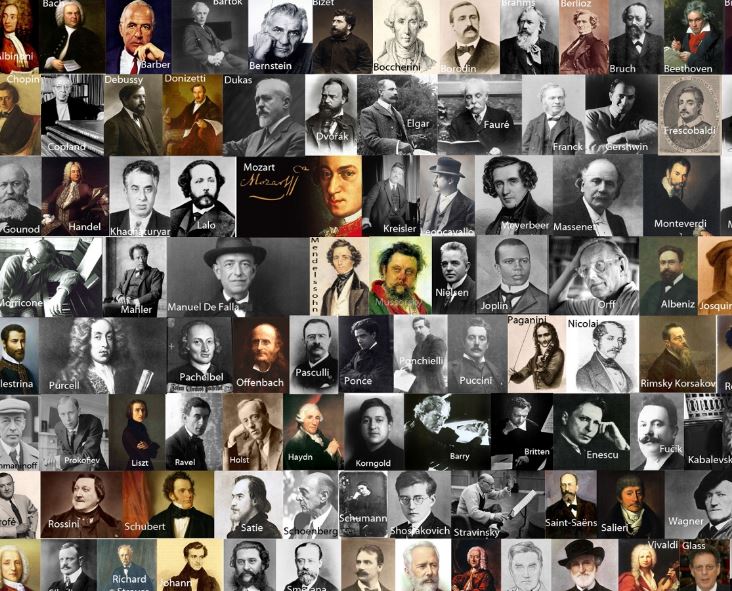Flight of the Bumblebee
This upbeat classical piece is easily recognizable, with a myriad of versions all over the internet. Most musicians try to play this piece as fast as possible. This piece of classical music has been featured in pop culture over the years, everywhere from version played on The Muppet Show to a thrash metal version created by the Great Kat. It was composed by Nikolai Rimsky-Korsakov for his opera The Tale of Tzar Saltan, between 1899-1900.
Hoe Down
This piece is commonly known as the “Beef, it’s what’s for dinner” theme song. However, it’s proper title is “Hoe Down,” written by Aaron Copland in 1942. It is part of a ballet entitled Rodeo, in which Copland tried to incorporate American folk tunes into classical music. The ballet has four movements: Buckaroo Holiday, Corral Nocturne, Saturday Night Waltz, and Hoe Down. The song was first used in 1992 by The Beef Council to encourage Americans to incorporate beef into their diets.
Canon in D
This song is easily recognizable as the “wedding” song, commonly played when the bride walks down the aisle. It is one of the best known classical pieces ever written, mainly due to this large amount of exposure at weddings across the world. The Canon was originally written around 1680 by Johann Pachelbel but didn’t become popular until after French composer Jean-François Paillard remastered it. The piece itself is very simple – written for just three violins and one cello, it is eight bars of music repeated 28 times.
Overture to William Tell
Thi song, written by Gioachino Rossini, is actually an overture to an opera. Most people now associate this piece with either the Lone Ranger, since it is the show’s theme song, or with Warner Brother’s Looney Tunes because it is played throughout many episodes. The Overture is divided into four parts: a depiction of a storm, the morning after the storm, “a call to the cows,” and “a call to arms.” The last three parts are the most well known. Rossini composed this opera in 1829, right before he went into semi-retirement.
Eine Kleine Nachtmusik
Written by Wolfgang Amadeus Mozart, this piece is one of Mozart’s most popular compositions. Mozart finished this piece on August 10, 1787, but it wasn’t published until after his death. Mainly performed now by a complete orchestra, Mozart originally wrote it for two violins, a viola, a cello, and a double bass. In 1984, this song played a big part in the Academy Award-winning film Amadeus and is still featured prominently in films and commercials.
Toccata and Fugue in D Minor
This song is best known as the “creepy” melody played in horror movies and around Halloween. Written in 1708 by Johann Sebastian Bach, it was featured in the first few minutes of the 1940 Disney film Fantasia. “Toccata” means “to touch” in Italian and is supposed to set the stage for a composer to demonstrate their piano skills. The fugue is the second part of the piece and showcases counterpoint, the repitition of one theme throughout different melodies.
